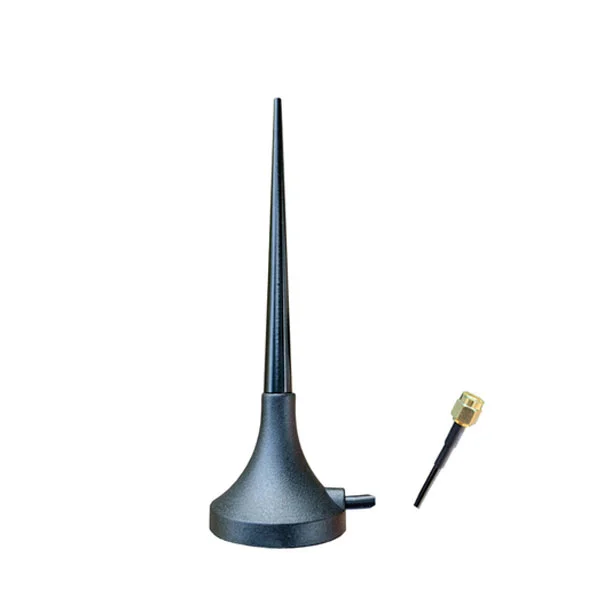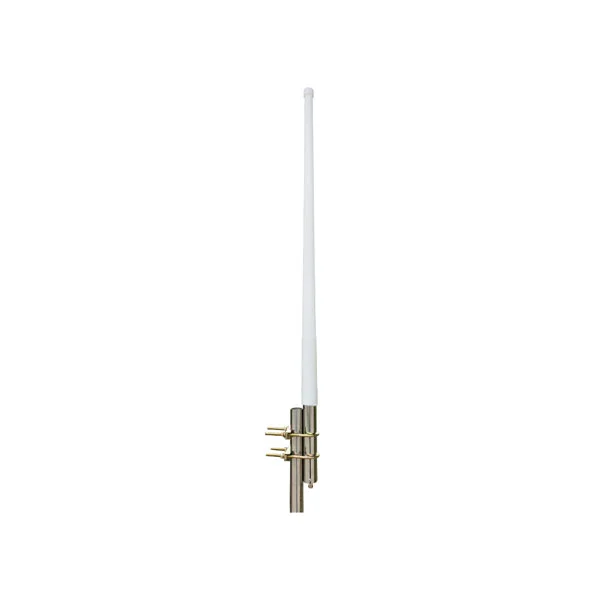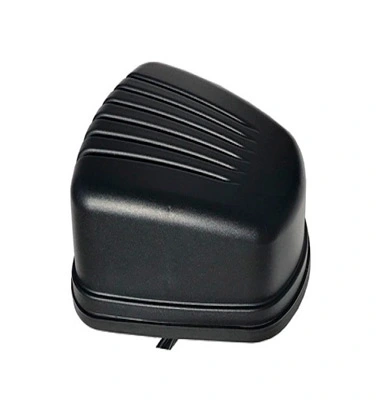Understanding 3dbi Antenna
In the world of wireless communication, antennas are the unsung heroes that shape the efficiency and reach of networks. One critical metric used to characterize antennas is gain, and the 3dbi antenna is a common player in this domain. Let's delve into the specifics of the 3dbi antenna, exploring its characteristics and applications.

Decoding the Term - What is 3dbi?
To comprehend the 3dbi antenna, it's essential to decipher the term "3dbi." The 'dbi' stands for decibels isotropic, a unit measuring the gain of an antenna concerning an isotropic radiator. In simpler terms, the 3dbi antenna, with a gain of 3 decibels, excels in radiating power in a specific direction.
Applications of 3dbi Antenna:
The 3dbi antenna finds its place in various applications where moderate gain and omnidirectional coverage are crucial.
Home Wi-Fi Networks: Residential wireless routers often employ 3dbi antennas, ensuring even signal coverage throughout the house.
Bluetooth Devices: Devices utilizing Bluetooth technology benefit from the 3dbi antenna, allowing reliable short-range communication within a limited space.
Indoor Wireless Applications: In offices or small businesses where devices are dispersed, 3dbi antennas contribute to a well-distributed signal coverage.
Understanding the Limitations:
While versatile, the 3dbi antenna has limitations. Its moderate gain might not suffice for scenarios requiring extended range or more focused signal strength.
Understanding 8dbi Antenna
In contrast to the 3dbi antenna, the 8dbi antenna boasts a higher gain of 8 decibels. Let's explore the characteristics and applications that set the 8dbi antenna apart.

Deciphering 8dbi:
The term "8dbi" signifies an antenna with a gain of 8 decibels, indicating a more efficient concentration of radiated power in a specific direction.
Applications of 8dbi Antenna:
The 8dbi 5.8g antenna shines in scenarios demanding a stronger, more focused signal over longer distances.
Long-Range Communication: Ideal for outdoor wireless links and point-to-point communication, the 8dbi antenna excels in providing reliable connectivity over extended distances.
Directional Coverage: Unlike the omnidirectional nature of the 3dbi antenna, the 8dbi antenna is often used where the signal needs to be directed towards a specific area or device.
Key Differences Between 3dbi and 8dbi Antenna
Understanding the unique attributes of the 3dbi and 8dbi antennas helps in making informed decisions based on specific communication requirements.
Coverage Area and Range:
Applications:
3dbi Antenna: Commonly found in home Wi-Fi networks, Bluetooth devices, and indoor wireless applications.
8dbi Antenna: Thrives in long-range communication setups, outdoor wireless links, and scenarios demanding directional coverage.
Choosing the Right Antenna:
The choice between a 3dbi and an 8dbi antenna depends on factors such as the desired coverage area, distance to the target, and specific application needs. While the 3dbi antenna excels in shorter-range and omnidirectional scenarios, the 8dbi antenna caters to applications demanding longer-range communication with a more focused signal.

 English
English







